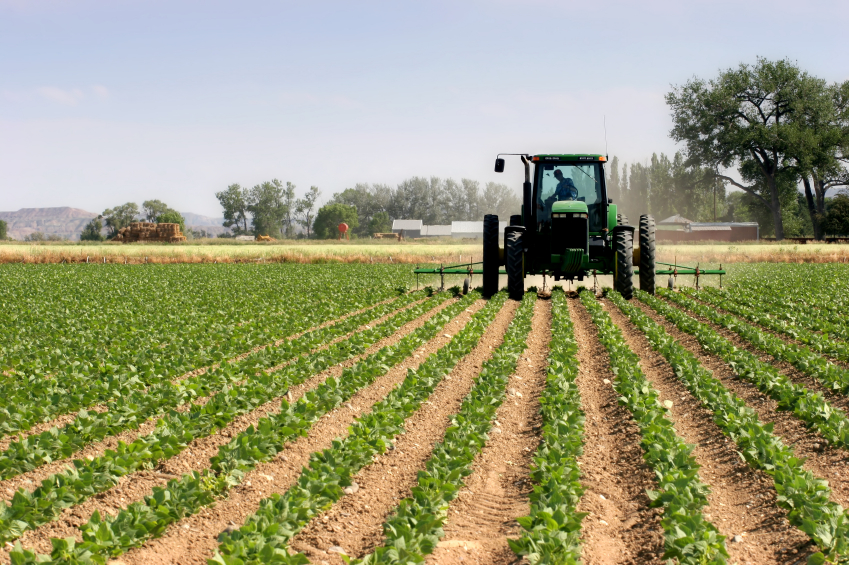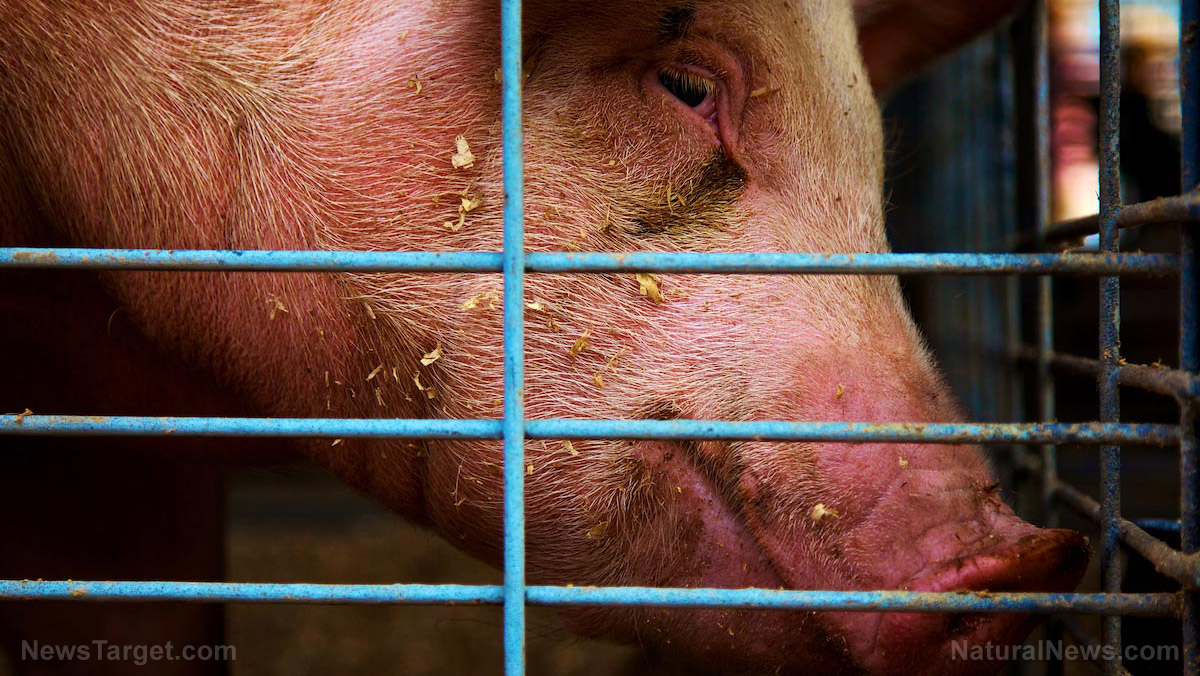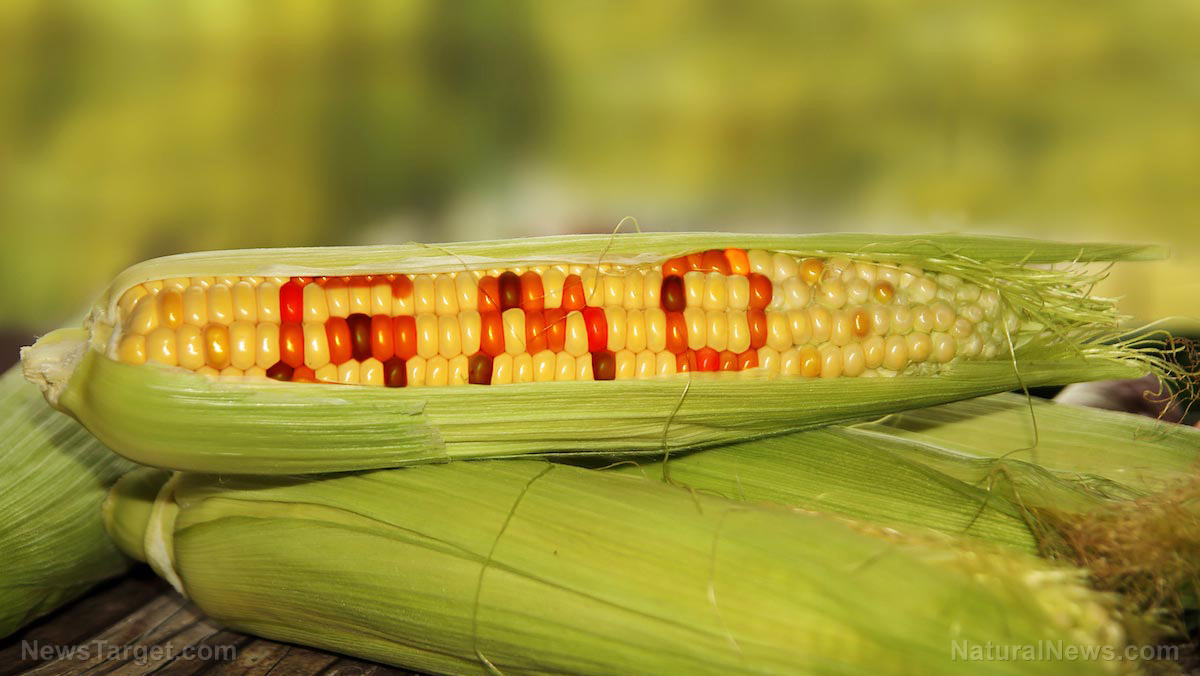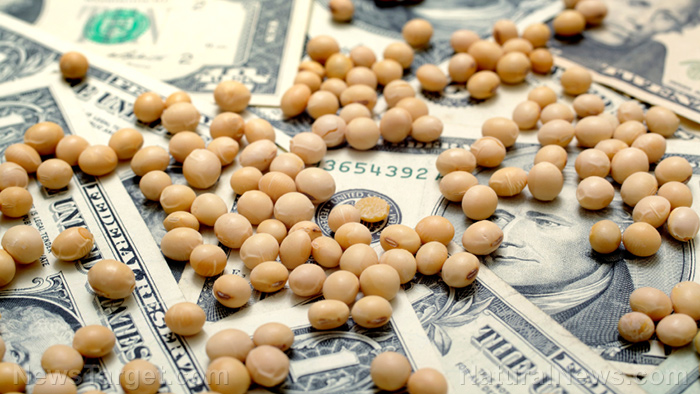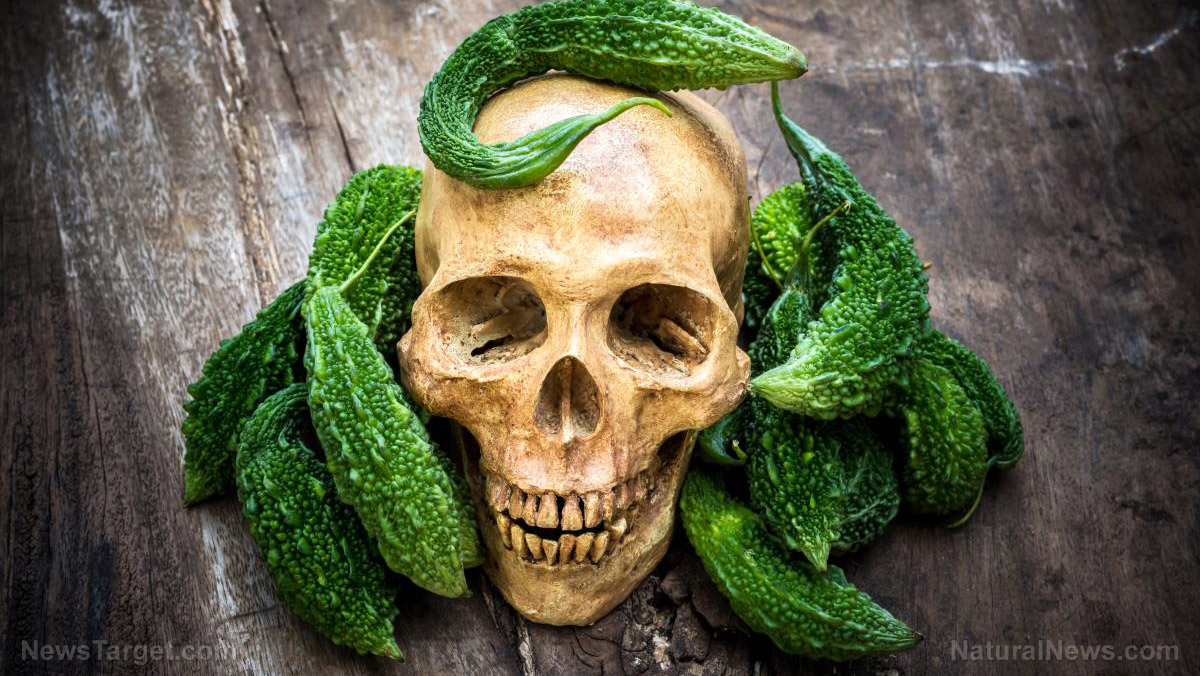Costco funds organic farming practices to keep up with consumer demand
04/18/2016 / By Julie Wilson
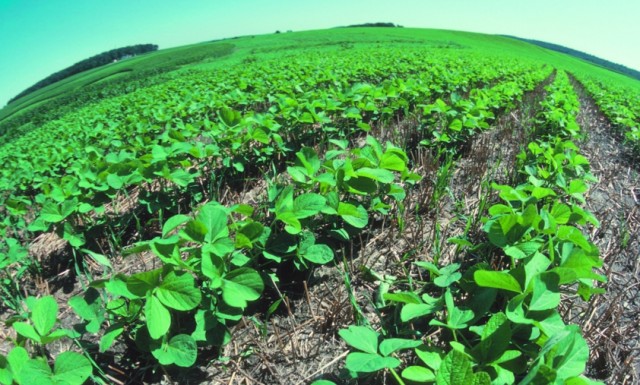
Last year Costco became the largest organic food retailer in the U.S., selling $6.1 billion worth of produce and about 83 million rotisserie chickens, according to The Seattle Times. Consumer demand for organic food is so high that the retailer can hardly keep up, which is why Costco is setting its sights on organic food production.
“We cannot get enough organics to stay in business day in and day out,” said Costco CEO Craig Jelinek at a recent shareholder meeting. In an effort to increase inventory, the retailer is pursuing a handful of initiatives aimed at helping farmers produce higher yields.
In the near future, Costco plans to loan more money to farmers so they can buy additional land to produce organics; raise chickens at its poultry plant in Alabama; collaborate with Mexican vendors to buy wild shrimp; and contract with farmers in Nebraska to raise organic, grass-fed cattle.
Facilitating organic food production
Costco’s new action plan is still in the early stages. Currently, the retailer is working with only one producer in San Diego, loaning money to Andrew and Williamson Fresh Produce to purchase equipment and 1,200 acres of land in the Mexican state of Baja California.
“The idea is to ensure a greater supply of organic foods at a time when demand is soaring but supply has not kept up. While other retailers might have loan programs for suppliers to upgrade equipment or offer financial incentives such as advance payments or long-term contracts, helping farmers buy land to grow organics appears to be unusual in the industry,” reports The Seattle Times.
The power of the elements: Discover Colloidal Silver Mouthwash with quality, natural ingredients like Sangre de Drago sap, black walnut hulls, menthol crystals and more. Zero artificial sweeteners, colors or alcohol. Learn more at the Health Ranger Store and help support this news site.
“A few years ago, Craig [Jelinek] came to me and said: ‘Fresh food — we need to have sustainable lines of supplies into the future,’” said Jeff Lyons, Costco’s Senior Vice President of fresh foods.
Trying to predict consumer trends, Lyons asked: “What do we see down the road that could be a challenge in terms of supply? And what can we put in place today to grow that particular scarce resource?”
Identifying trends in consumer demand
While organic sales have increased substantially, the land to produce it has not. Available organic farmland in the U.S. is estimated to account for about one percent of all farmland. This was largely because of the effort, time, and expense required to transform conventional farmland into organic.
It can take up to five or six years for soil to adapt to “organic nutrient cycles,” according to the Minnesota Department of Agriculture, which requires farmland go without herbicide applications for at least three years prior to being certified organic.
“The difficulty is that in this three-year window, you’re using organic methods but you’re only getting conventional prices for what you’re selling,” said Will Roger, Director of Policy Communications for the American Farm Bureau.
Hardship of transitioning from conventional to organic
“The margins right now are better on organic produce. But you have to take that three-year hit,” he said. Rogers is an advocate for conventional food “because it yields more” and is cheaper.
Additional challenges include soil fertility and weed management. Farmers must incorporate crop rotation in lieu of agriculture chemicals to ward off weeds and insects. They must also replace synthetic inputs (synthetic fertilizers, insecticides, herbicides, and fungicides) with compost or green/animal manure to provide the soil with nutrients.
Organic certification in Minn. includes questionnaires, inspections, audits and residue tests.
As illustrated, organic farming is a lot of work, which is why Costco’s new initiatives are expected to be a lifesaver for some farmers and a new start for others.
Currently, Costco is considering the prospect of funding organic farming operations in Chile and Mexico.
If you are interested in clean foods and food safety, visit FoodForensics.com.
Sources:
Tagged Under: Costco, organic farming, organic food, organics, sustainable farming





